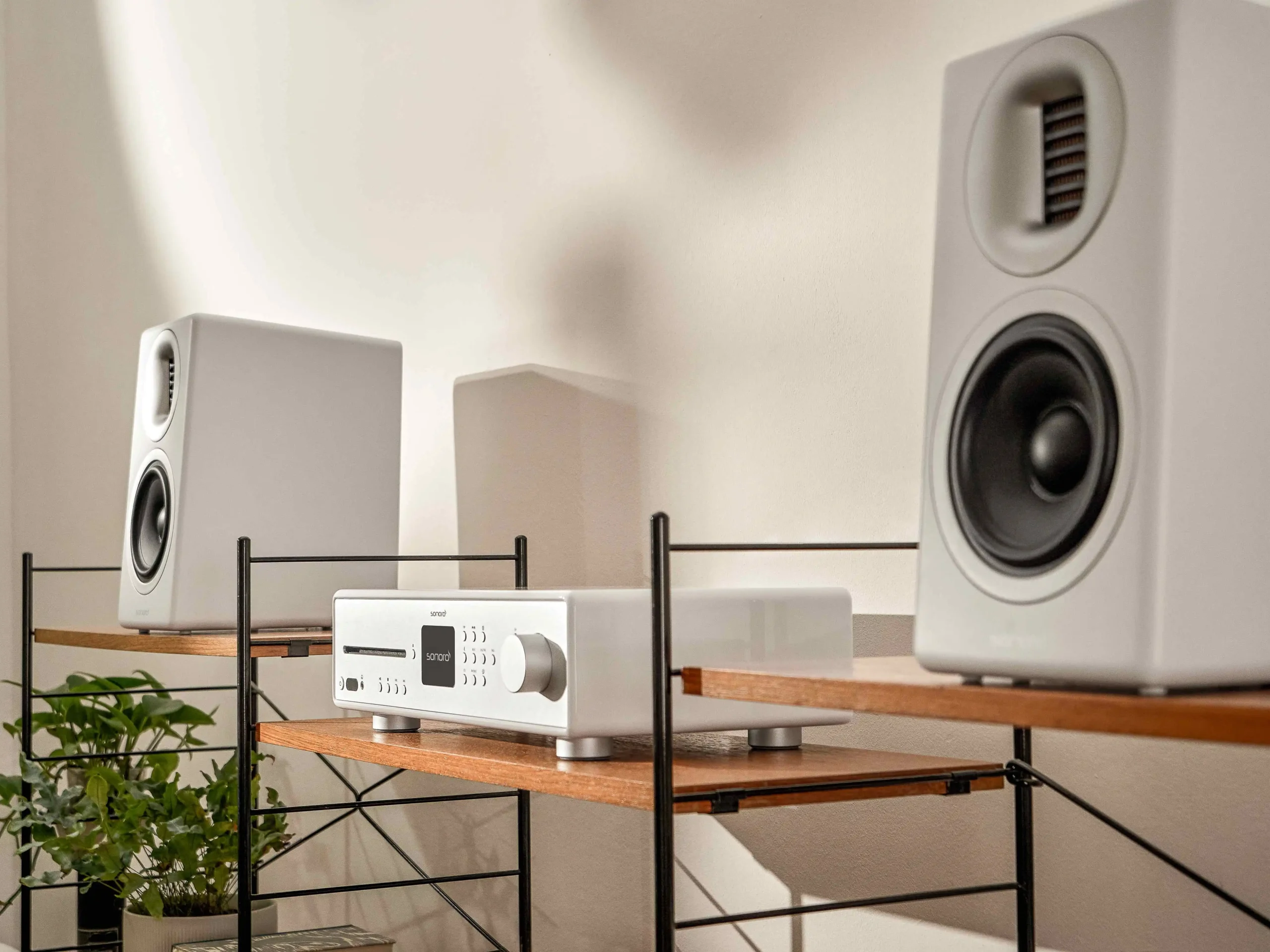Active loudspeakers vs. passive loudspeakers - What's the difference?
Anyone considering investing in new loudspeakers will sooner or later be faced with a fundamental decision: Active speakers or passive speakers? The differences between the two systems are fundamental and have a significant influence on use, sound quality and flexibility.
Both systems have their place - but which one is right for you? In the following article, we explain the basic differences between active and passive speakers and give you a helpful guide for your purchase decision.
What are active loudspeakers?
Active loudspeakers, also known as active speakers, are modern complete solutions that have all the necessary components for music playback already integrated. The heart of the system is the built-in amplifier, which drives the speaker chassis directly. The integrated approach of this All-in-One allows all components to be precisely matched to each other, guaranteeing a balanced sound experience.
Modern active speakers with Bluetooth also often offer a wide range of connection options. You can stream music directly from smartphones, tablets or computers without the need for additional devices. The typical areas of application range from the home office to the living room to the professional recording studio.
What are passive loudspeakers?
Passive loudspeakers are the traditional form of loudspeaker technology. They require an external amplifier to process and amplify the music signal. This separation of loudspeaker and amplifier is the characteristic feature of passive loudspeakers.
The connection options are limited to classic loudspeaker cableswhich establish the connection to the amplifier. Traditional areas of application are primarily hi-fi systems in the living room, where the separate amplifier serves as the central control unit.
Thanks to their free choice of amplifier, passive loudspeakers therefore offer maximum flexibility. The separation of components promises greater longevity, as individual parts can be replaced or upgraded separately. The traditional hi-fi approach enables audiophile sound enjoyment through individual component selection.

Conclusion and recommendation
Ultimately, the choice between active and passive speakers depends on your individual needs and requirements for an audio system. For beginners, for example, active speakers offer clear advantages thanks to their uncomplicated operation. You don't have to worry about the compatibility of different components and get a perfectly coordinated audio system.
For experienced and discerning listeners, however, passive loudspeakers are often the right choice. The option of using high-quality amplifiers of your choice and combining individual components according to your own ideas gives you complete control over your sound. This is a key argument, especially for people who enjoy experimenting with different hi-fi components.
Regardless of your choice, both active and passive speakers can deliver excellent sound - it's all about choosing the system that best suits your individual requirements. Our experienced team of experts at sonoro will be happy to help you find your ideal sound experience.
